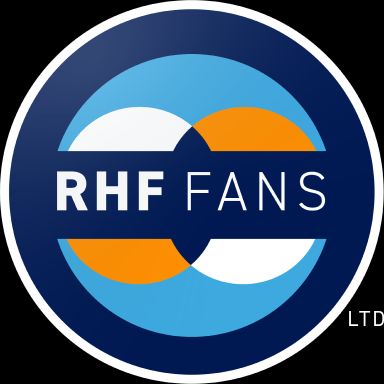Axial Fans
One of the UK’s leading manufacturers and suppliers of industrial Axial Fans

Axial Fans
Wide Range of Fans
With a wide range of fan styles, sizes, and casing variants, we can provide you with a powerful airflow solution tailored to your requirements. Chat with one of our friendly sales team today and discover why customers around the world choose RHF Fans.

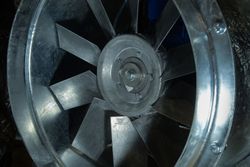
Overview
Types of Axial Fans
With a wide range of fan styles, sizes, and casing variants, we can provide you with a powerful airflow solution tailored to your requirements. Chat with one of our friendly sales team today and discover why customers around the world choose RHF Fans.
-

Belt Driven
Belt-driven axial fans are ideal for environments where the air may contain dust or moisture, operate at high temperatures, or require adjustable fan speeds.
Learn More → -

Bifurcated
Our fans are direct-drive axial fans. They have been specially engineered for the movement of hostile air.
Learn More → -
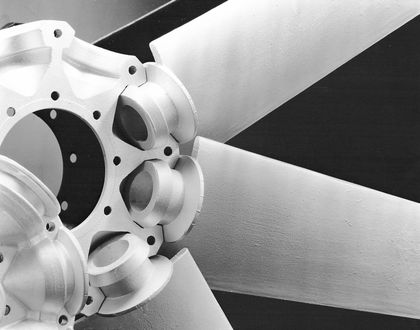
Cased
Long-cased axial fans have casings that extend to completely cover the motor, while short-case axial fans do not. 250 - 2000mm diameter.
Learn More →

Impeller Materials for Every Temperature Range
We recognise that different environments demand specific impeller materials capable of withstanding varying temperature ranges. At RHF Fans, we provide an array of material options to cater to diverse industrial needs. Here are the impeller materials available in our product lineup:
- Aluminium
- Maximum Temperature is 240ºC
- PPG
- Glass Reinforced Polypropylene – Maximum Temperature is 90ºC
- PAG
- Glass Reinforced Polyamide – Maximum Temperature is 110ºC
- PAGI
- Glass Reinforced Polyamide, Industrial quality – Maximum Temperature is 110ºC
- PAGAS
- Anti Static Glass Reinforced Polyamide – Maximum Temperature is 110ºC.
- Carbon Steel
- Normal & High tensile – Maximum Temperature is 450ºC
- Stainless Steel
- 304 / 316 / 321 – Maximum Temperature is up to 750ºC
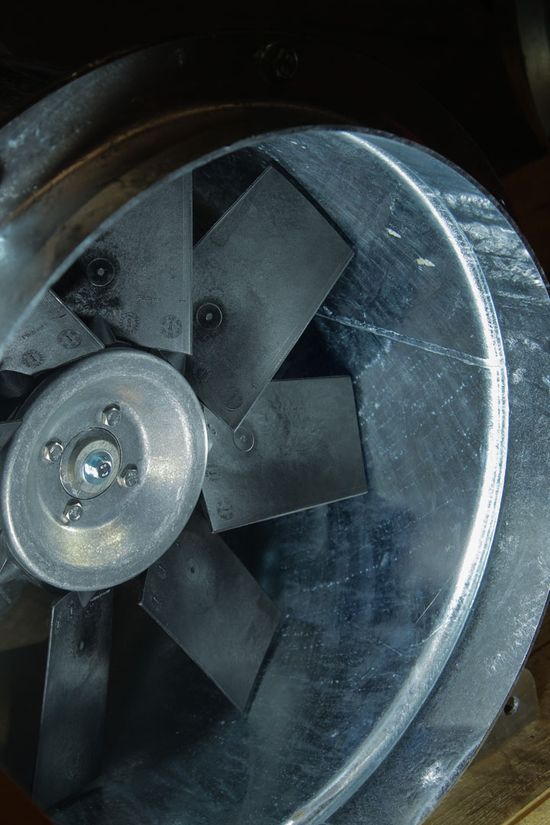
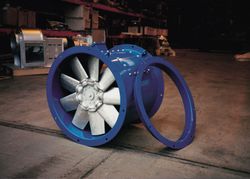

Frequently Asked Questions about Axial Fans
-
What is an Axial Fan?
An axial fan moves air in a direction parallel to the axis of its rotating blades. It is designed to provide high airflow rates at relatively low pressures. Axial fans are commonly used for applications that require efficient cooling or ventilation, such as electronics, cooling towers, and air conditioning systems.
-
What is the difference between an Axial Fan and a Centrifugal Fan?
The main difference between axial fans and centrifugal fans lies in the direction of airflow and pressure generation. Axial fans move air parallel to the fan’s axis, providing high airflow rates at lower pressures, while centrifugal fans move air perpendicular to the fan’s axis, generating higher pressures. Axial fans are suitable for applications requiring large-volume air movement, while centrifugal fans excel in overcoming resistance and delivering air to distant areas. The choice between the two depends on specific requirements, space limitations, and the desired balance between airflow and pressure.
-
Are Axial Fans noisy?
Axial fans’ noise levels can vary depending on factors like design, speed, and materials. Due to their airflow direction, they tend to be quieter than some other fan types. However, factors like motor quality and blade design can still influence noise levels. RHF Axial Fans prioritise quiet and efficient operation, offering a range of options to meet your specific noise requirements, making them suitable for various applications where noise reduction is essential.
-
How are Axial Fans used?
Axial fans provide airflow in a straight-line direction, making them ideal for various applications such as cooling electronic equipment, ventilating confined spaces, and maintaining airflow in HVAC systems. Their design allows for efficient and consistent air movement, making them a versatile choice for the manufacturing, HVAC, and electronics industries.
-
What is the advantage of an Axial Fan?
The main advantage of an axial fan is its ability to provide efficient and consistent airflow in a straight-line direction. This makes axial fans ideal for applications where maintaining airflow or cooling electronic components is crucial. They are energy-efficient and cost-effective, making them popular in various industries, including manufacturing and HVAC.
Energy Efficient
Get your FREE Axial Fan quote today!
Simply fill out the form below, and one of our experts will get in touch ASAP!
